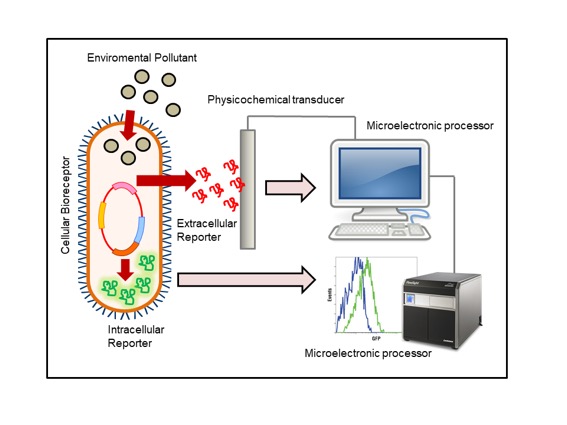Juan Carlos Gutiérrez, Francisco Amaro, Silvia Díaz and Ana Martín-González
Environmental Biosensors: A Microbiological View
Handbook of Cell Biosensors. G. Thouand (ed.). Springer Nature Switzerland 2020. pp. 1-22.
DOI: 10.1007/978-3-319-47405-2_191-1.
RESUMEN
In this mini-review, the potential of using microorganisms to design biosensors for detecting environmental pollutants is analyzed and discussed. A distinction is made between a classical biosensor (CB) and a whole cell biosensor (WCB), emphasizing their structural components and the possibility of using whole microorganisms as their bioreceptor elements. The advantages and disadvantages of using prokaryotic microorganisms as opposed to eukaryotic microorganisms are described. Likewise, the advantages of using protozoa (ciliates) over other eukaryotic microorganisms are also shown. We analyze the current bibliography on biosensors built on microorganisms as bioreceptors of pollutant molecules, such as inorganic (metal(loid)s) or organic (xenobiotics). New trends, such as the prokaryotic riboswitches, microbial two-component systems where the pollutant can be simultaneously detected and bioremediated, along with advances in synthetic biology, are shown as promising tools in the design of environmental biosensors.
